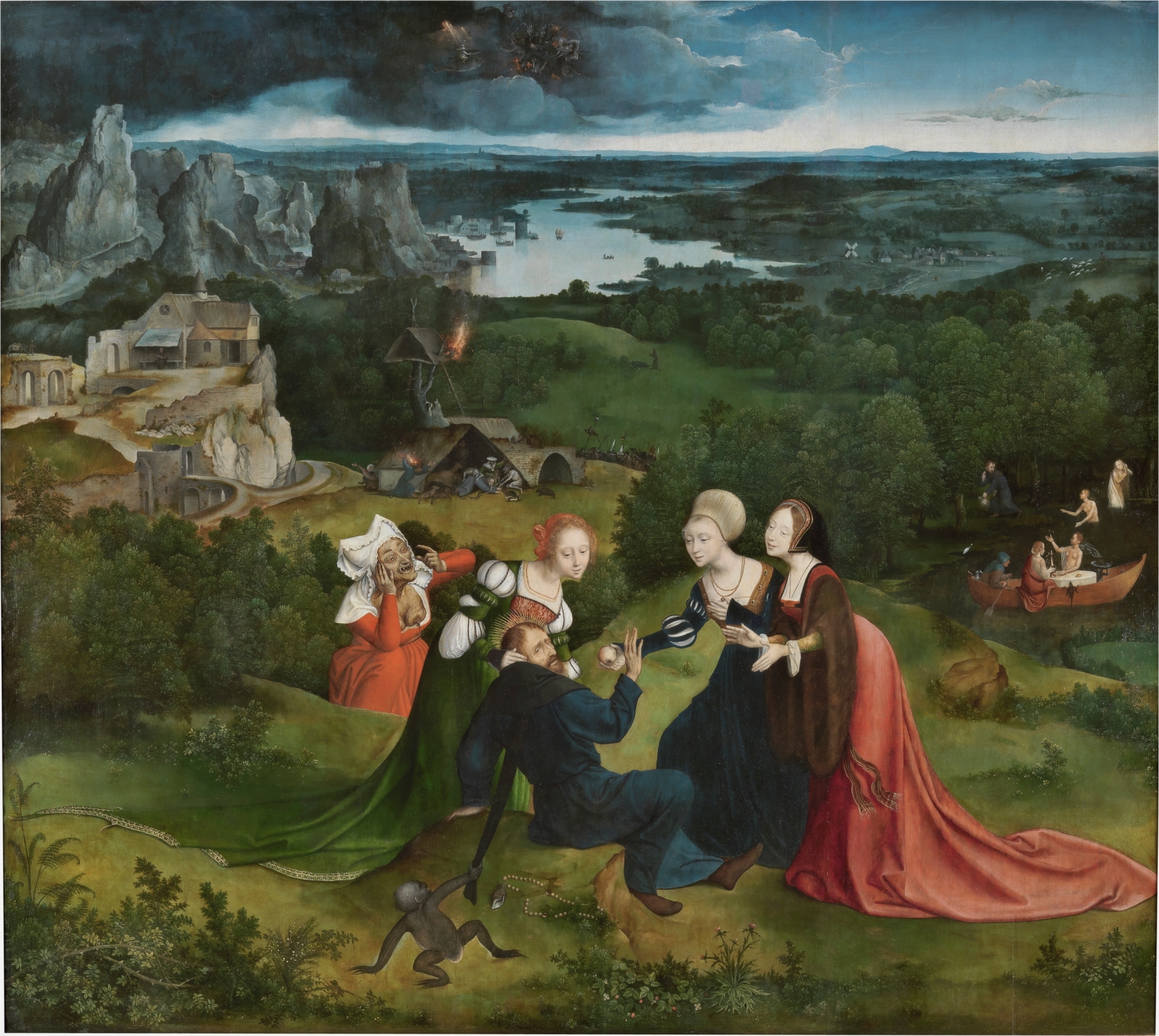 Call for Papers: « Many Antwerp Hands. Collaborations in Netherlandish Art, 1400-1750 » (Antwerp, 5-6 November, 2018)
Call for Papers: « Many Antwerp Hands. Collaborations in Netherlandish Art, 1400-1750 » (Antwerp, 5-6 November, 2018)
In the early modern Low Countries, distinctive patterns of collaboration developed. Not only legal agreements but also relationships of trust fostered an artistic culture in which collaboration was a central practice – seemingly as important to the participating artists as to their works’ viewers. Quinten Metsijs and Joachim Patinir’s collaborative production of The Temptation of St. Anthony (Madrid, Prado), painted in Antwerp in about 1520-24, was still recognized half a century later and far from its geographical origins as a work produced by two painters in concert: a 1574 list of works King Philip II of Spain sent to the monastery of El Escorial expressly described the painting as having figures by Metsijs and a landscape by Patinir.
Rubens, considered the ‘genius’ of the Flemish Baroque, is mainly associated with two types of collaborative relationships: on the one hand, as a friend and equal of other masters, such as Jan Brueghel I; and on the other hand, as the supervisor of his pupils, workshop assistants and affiliates working in other media, such as tapestry weavers, sculptors and printmakers, who executed his designs. Yet Rubens also collaborated in ways that are perhaps less often considered collaborations: his ‘autograph’ works undoubtedly benefited from dialogue with colleagues, friends and patrons; in reworking objects in his own collection, Rubens ‘collaborated’ with artists from earlier periods. Rubens was not exceptional in working so collaboratively with his colleagues, as the prevalence and variety of artistic collaboration in the early modern Low Countries attests.
Collaboration has long been a critical component of artistic practice, employed in different periods, places and media. Yet the early modern Low Countries saw particularly rich elaborations of this practice, with not only artists but also dealers and collectors involved in shaping collaborative artistic relationships, the products they spawned and how these works were viewed. This conference takes artistic collaboration to be the process of two or more individuals contributing substantively to a work’s conception and production, such that the end result is something different from what these individuals could have produced alone. A wide range of motives prompted such collaborations, and they occurred within particular historical circumstances.
The Rubenianum invites contributions that engage closely with how artists across a range of media conceived of collaboration and how early modern audiences perceived collaboratively-made objects. We welcome studies that confront questions of artistic collaboration in the Low Countries from 1400-1750 in relation to a number of subjects: artists’ educational and technical practices; their professional and personal networks, with the bonds of friendship, family and rivalry that these sometimes entailed; the mobility of artists and their objects; art theory and other textual sources; and the reception – near and far, both geographically and temporally – of collaboratively produced objects and practices. We are especially interested in contributions that reflect on the theoretical questions that collaboration implies and that seek to rigorously assess the question of why Antwerp has so long been viewed as the center of this practice. Comparative studies that relate in one way or another to the early modern Netherlandish context are also encouraged.
Please send an abstract of no more than 500 words, along with a CV, to Abigail Newman and Lieneke Nijkamp (lieneke.nijkamp@stad.Antwerpen.be) by March 1, 2017.
Speakers will be asked to send drafts of their talks by September 1, 2018.

Leave a Reply
You must be logged in to post a comment.